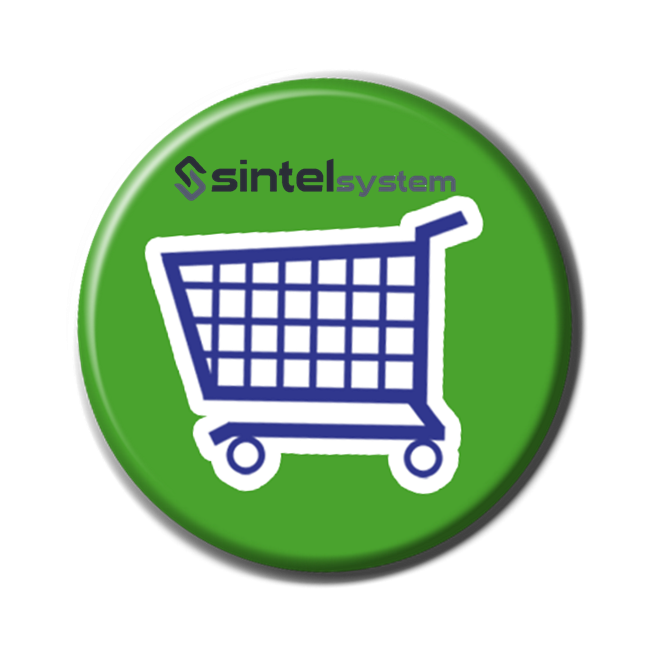Walmart recently announced that it’s investing 8 billion yuan ($1.2 billion) in logistics for its business in China.
Walmart which has been in China since 1996, is facing growing competition from local rivals and online retailers. Walmart plans
to spend the money to boost grocery deliveries. They have also created a plan to build or upgrade distribution centers in the country over the next 10-20 years. “Walmart continues to increase investment in supply-chain logistics in order to provide our Chinese customers with great fresh products, and improve our service,” Ryan McDaniel, senior vice president of supply chain for Walmart China, said in a company post on social media platforms WeChat and Weixin.
Walmart’s large investment in its Chinese logistics infrastructure follows the company’s other recent significant supply chain projects in the country. This includes the building of a 33,700-sq.-m South China Fresh Food Distribution Center at a cost of 700 million yuan ($100 million). The center which in March 2019 currently serves more than 100 Walmart stores in Guangdong and Guangxi, China, with a daily distributing capacity of up to 165,000 cases of products.
Walmart has already spent 700 million yuan ($102 million) building a distribution center for perishables in the south of China as it tries to cater to customers who are increasingly shopping online. ambient storage. The Walmart Huanan Fresh Food Distribution Center, which opened in March, serves more than 100 stores in the Guangdong and Guangxi regions and can ship up to 165,000 boxes per day.
In 2016, Walmart partnered with a Chinese tech firm, JD.com to provide the back-end fulfillment to JD.com’s front-end e-commerce platform. In 2018, Walmart and JD.com invested $500 million in a Chinese delivery provider Dada-JD Daojia.
Walmart has since grown its e-commerce operations in China and is testing smaller “smart supermarkets” that allow customers to use their smartphones as scanners that are then read at the checkout. It opened the first of these outlets in Shenzhen a year ago.
Central to Walmart’s strategy, is the company’s emphasis on food safety. Last month Walmart launched a proprietary blockchain-backed food traceability platform aimed at ensuring food safety throughout the country; the technology in the new facilities that will ensure the different storage temperatures remain constant, even monitoring forklift temperatures. The system currently tracks 23 product lines and will track 100 product lines across 10 categories by the end of the year according to Walmart’s press release.
As of January 2019, Walmart had 443 stores in China, this includes its main Walmart brand as well as its membership-only subsidiary Sam’s Club. The company’s China operations pulled in $10.7 billion in sales last year, less than one tenth of its international revenue. However, the hope is that with the investments, China will continue to be an emerging market for Walmart. China’s grocery industry is extremely competitive. Shoppers have adopted online grocery shopping at much faster rates than in the U.S. Same-day delivery is the norm in most cities.
 For other markets looking to advance their sales through online ordering, Sintel Systems is a direct and single source provider that can help businesses in the market industry with a new POS system. As part of Sintel System’s all-inclusive market and produce POS system package, our customers get a gift and loyalty card network with mobile app, private cloud services, embedded merchant account services, and unlimited technical support. Sintel Systems Direct-to-POS Online Ordering allows online orders to appear on the POS system as soon as they are placed.
For other markets looking to advance their sales through online ordering, Sintel Systems is a direct and single source provider that can help businesses in the market industry with a new POS system. As part of Sintel System’s all-inclusive market and produce POS system package, our customers get a gift and loyalty card network with mobile app, private cloud services, embedded merchant account services, and unlimited technical support. Sintel Systems Direct-to-POS Online Ordering allows online orders to appear on the POS system as soon as they are placed.
Sintel Systems is the leading global, direct and single source POS Provider to markets. Sintel Systems provides hardwaresupport and software support as well.
To learn more about how Sintel Systems can help improve your business, contact us today.

